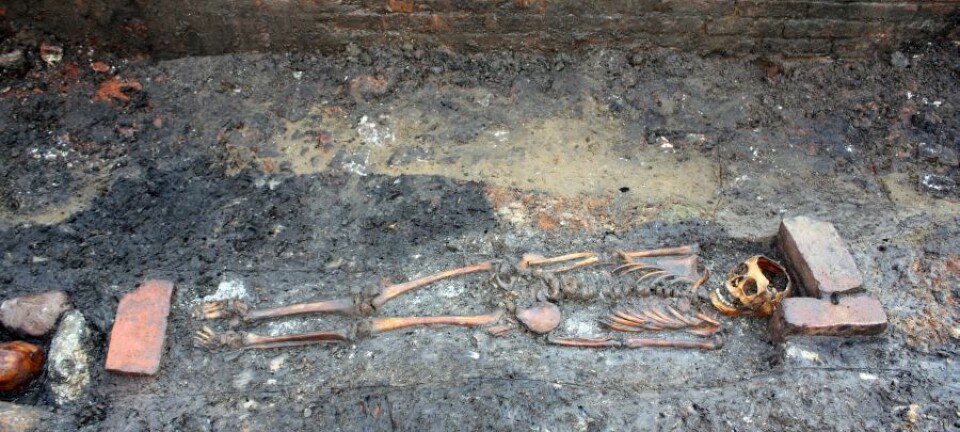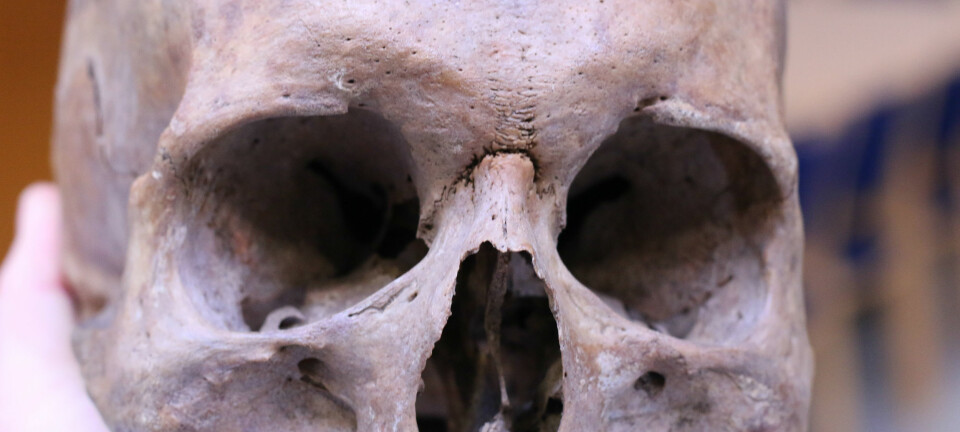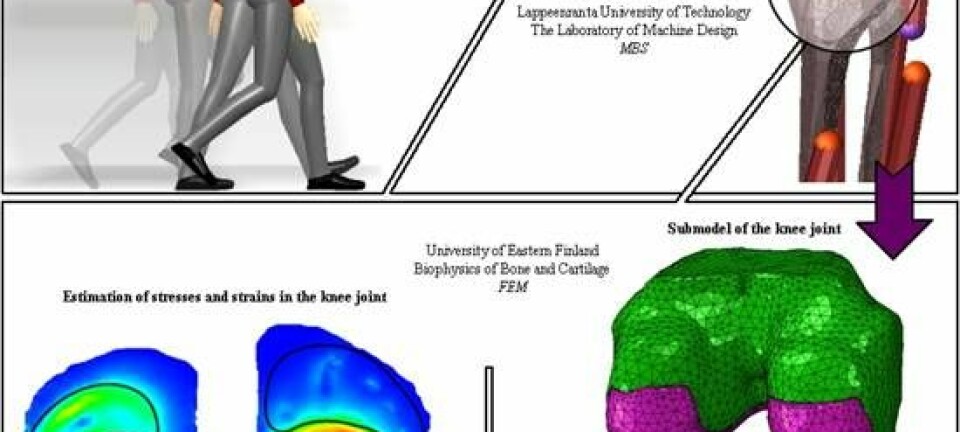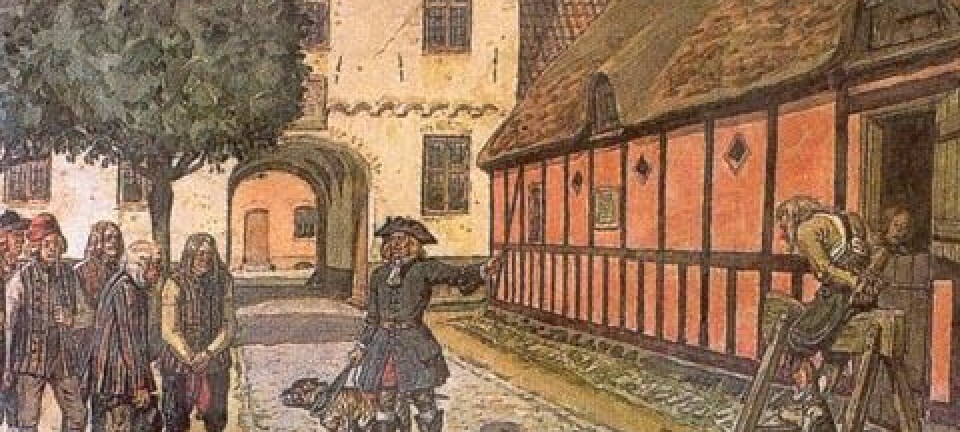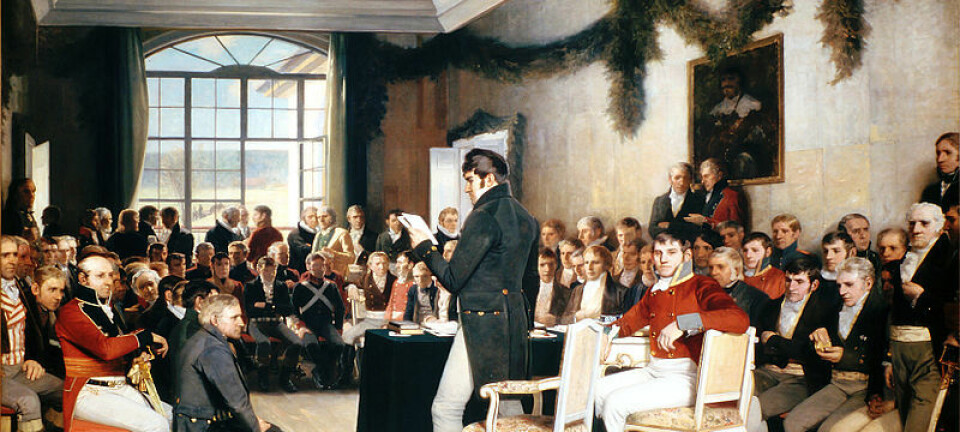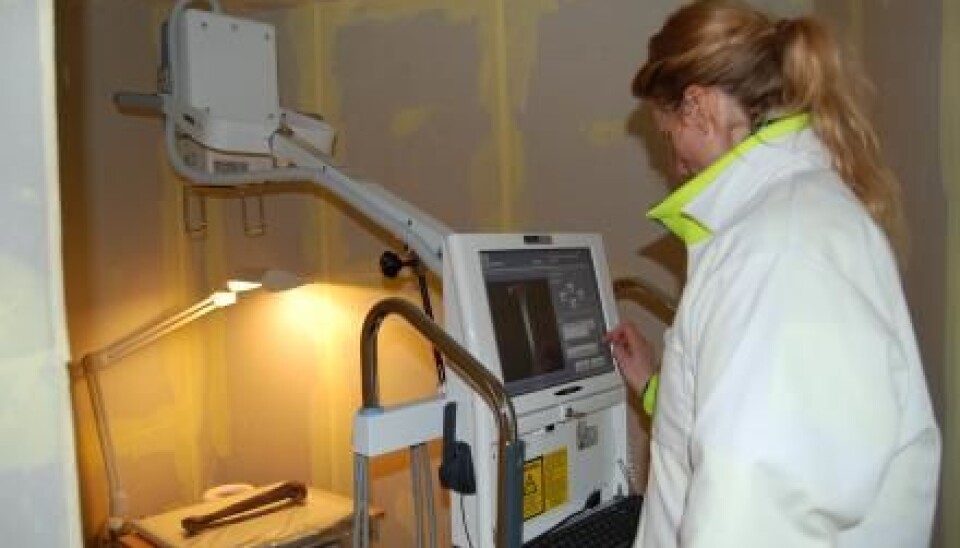
1,750 skeletons tell stories of life during the industrial revolution
Analyses of bones unearthed during Copenhagen’s metro expansion are revealing details of everyday life and living conditions during the industrial revolution.
Construction of a new metro station in Copenhagen, Denmark, meant that some 1,750 skeletons had to be dug up from a local cemetery and moved elsewhere.
This provided scientists with an ideal opportunity to analyse the bones, and the results are now providing insights into the lives and living conditions during a rapid period of industrialisation.
"We already know a lot about industrialisation from historical sources, but historical sources usually point to trends. Here, we can dig down into history at an individual level and see what kind of life they had," says Marie Louise Jørkov, a physical anthropologist at the Institute of Forensic Medicine, the University of Copenhagen, Denmark.
A 'sore point' for many Copenhageners
Jørkov and her colleagues set up a mobile laboratory at the cemetery where they could study the bones onsite throughout the excavations. They carefully documented them, and took X-ray photographs and samples for isotope analyses.
Some 1,750 skeletons have been moved. All had been buried sometime between 1805 and 1990.
"Moving the graves was a sore point for many locals. So it was decided that it should be an ethical clearance, in the sense that the skeletons would be reburied [elsewhere in the cemetery] and not [completely] removed. But we were allowed to examine them before they were reburied," says Jørkov.
The scientists only had access to the older graves, while the newer ones were moved immediately to another part of the cemetery.
“We only studied dry bones," says Jørkov, and emphasises that the investigators were “very respectful.”
"We decided that if the coffin was intact then we would immediately rebury it. This was a choice that we made--that we shouldn’t disturb remains that were still composed of soft tissue.”
Witnesses to a violent period
Jørkov focussed on remains buried between 1850 and 1950--when Europe was undergoing dramatic social changes.
Horse-drawn carriages, gas lamps, and washboards were being replaced with cars, light bulbs, and washing machines, as technology and industrialisation spread across Europe.
Medical science was also making great advances to get to grips with deadly epidemics like the cholera epidemic of 1853 that killed 4,700 Copenhageners.
"Industrialisation was a pretty dramatic period for public health. There were several epidemics, and major changes in mortality rates and sanitary conditions," says Jørkov.
A new view of health in the 1800s
Jørkov believes that the bones from Assistants Cemetery can shed new light on the daily lives and living conditions of our great-grandparents.
Historical documents can tell us what people died of, but their bones can tell us what diseases they lived with, throughout their daily lives.
"The majority of them had osteoarthritis, which isn’t so strange because most of the remains are of older people. But some of them also had scurvy, which occurs when you don’t get enough vitamin C," says Jørkov.
"The lack of vitamin C is related to the diet or lack of sunlight. All of this is interesting because it tells a little about the general health and lifestyle," she says.
----------------
Read the Danish version of this story on Videnskab.dk
Translated by: Catherine Jex
Scientific links
- 'Stature in 19th and early 20th century Copenhagen. A comparative study based on skeletal remains.', Economics and Human Biology, 2015
- Jesper Lier Boldsen
